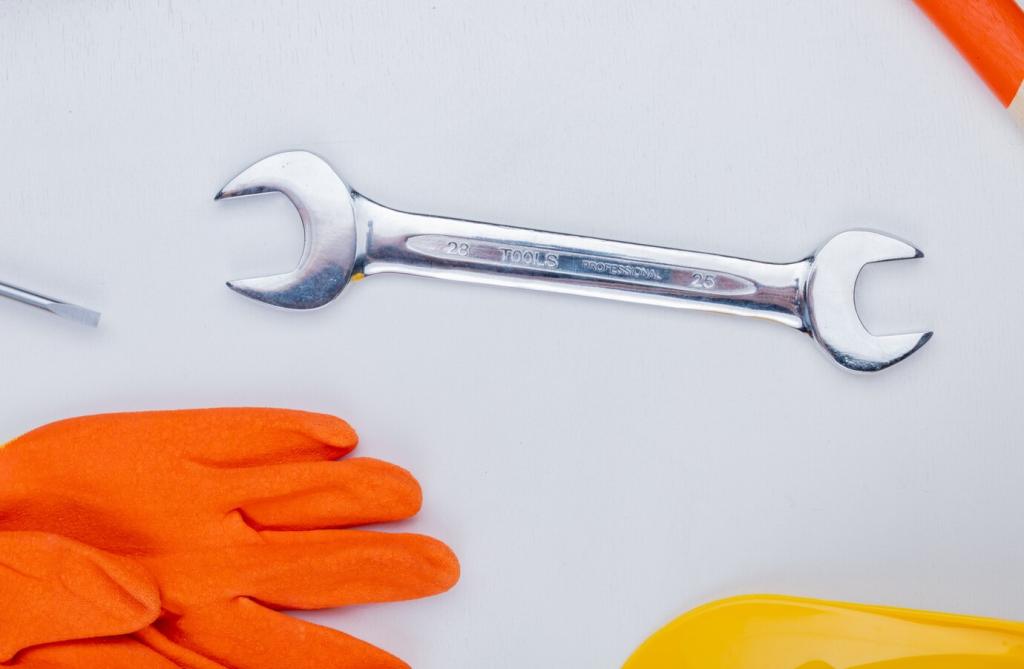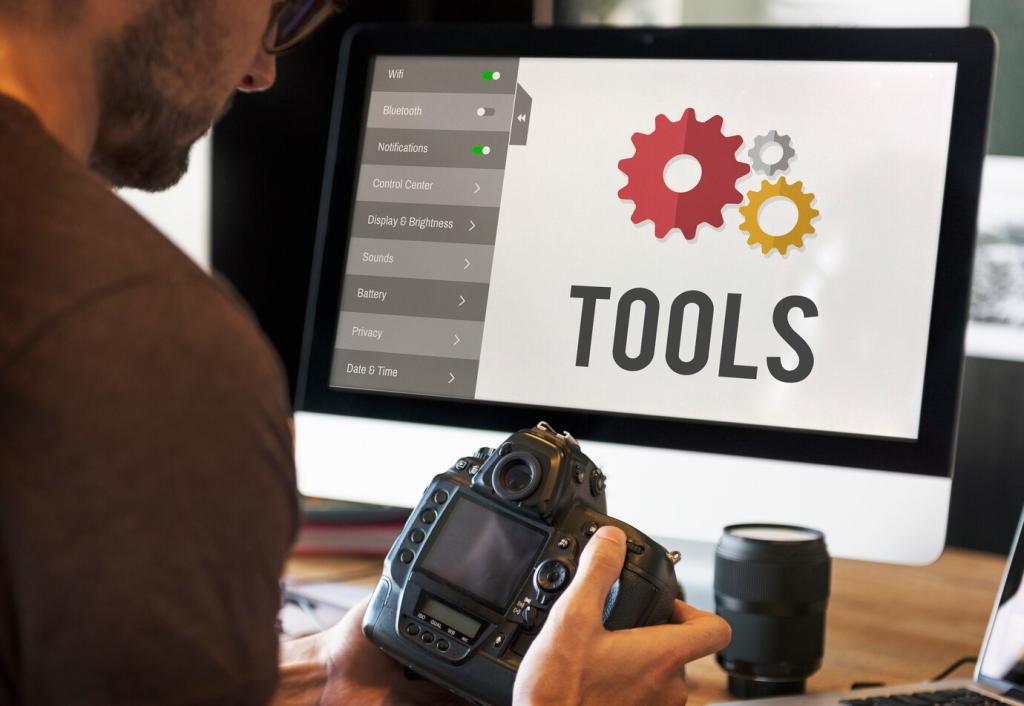Creating Your Fluid Maintenance Habit
Record dates, mileage, fluid types, and quantities added. A small notebook or a notes app works perfectly. Patterns in consumption or color changes guide timely refills and reveal issues before they become expensive repairs.
Creating Your Fluid Maintenance Habit
Carry a funnel, nitrile gloves, a fluid transfer pump, paper towels, and a flashlight. Add a refractometer for coolant checks and an OBD‑II reader for temperature‑based fill procedures. With these on hand, refills become clean and confident.








